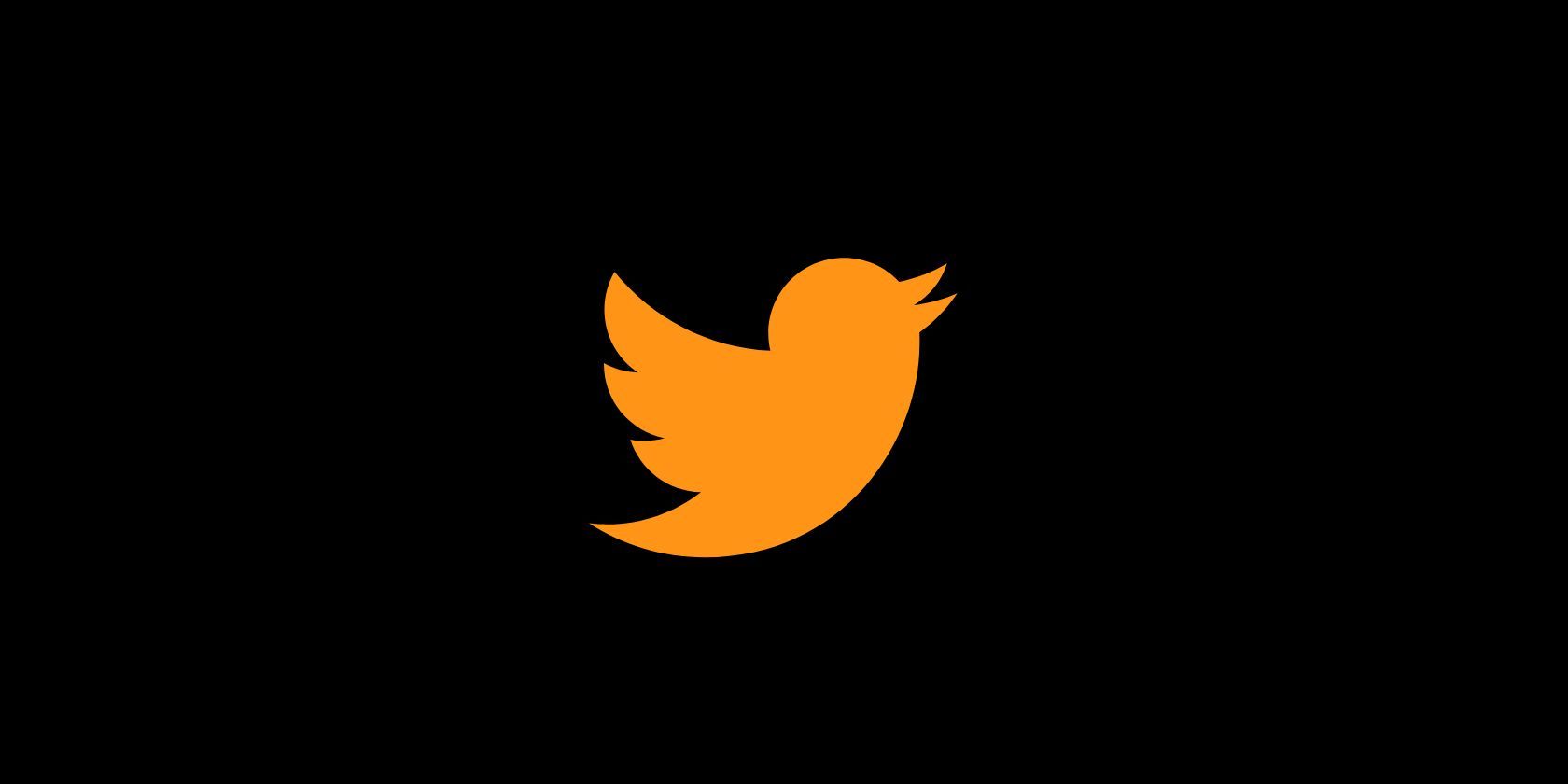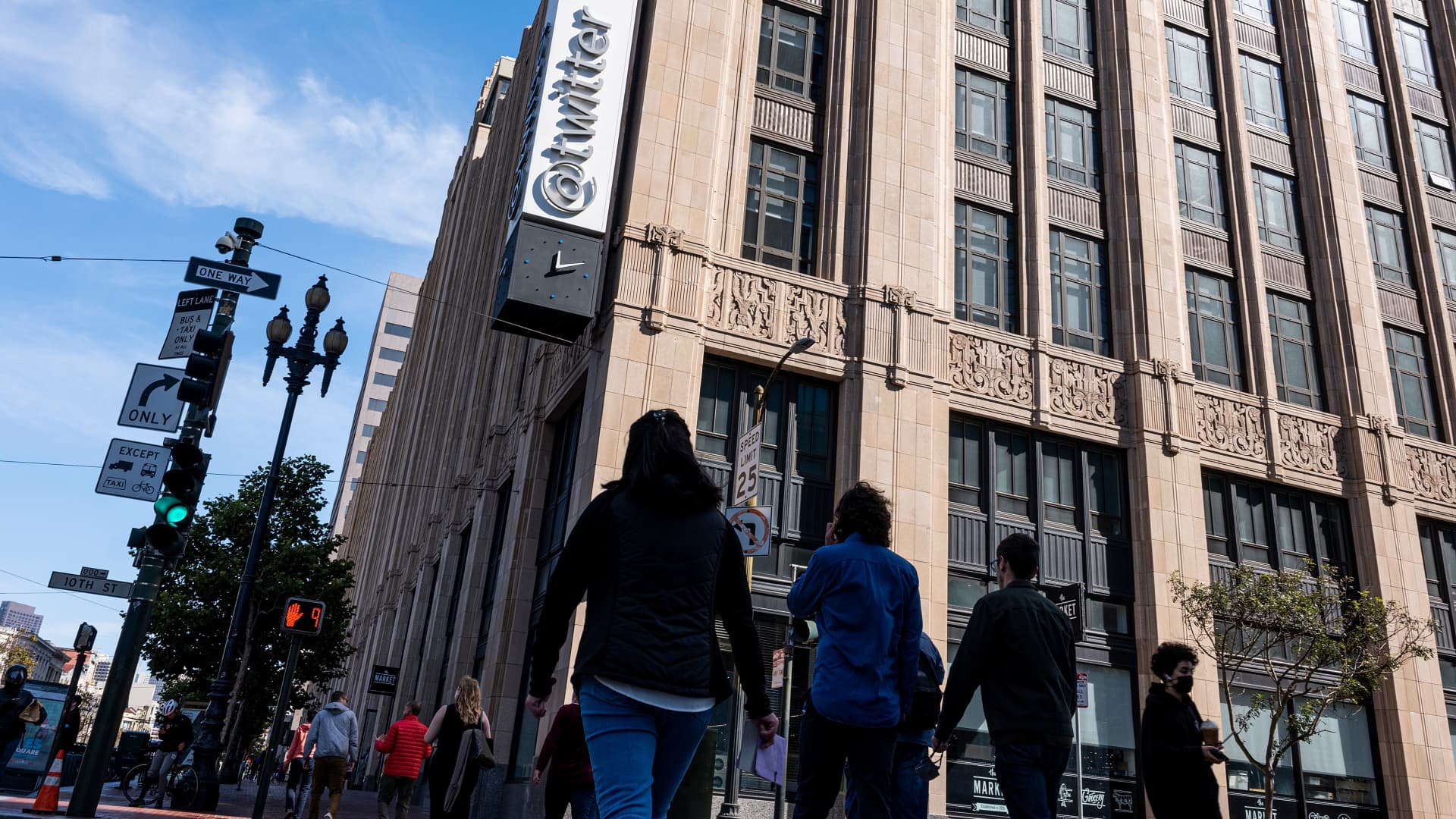In the vast and ever-evolving landscape of social media, certain archetypes and phenomena emerge, capturing collective attention and shaping digital discourse. One such intriguing concept that has quietly permeated online conversations, particularly on platforms like Twitter (now X), is the notion of "avavillain twitter." This term encapsulates a specific kind of online persona, often characterized by a perceived antagonistic or provocative presence, yet one that remains compelling enough to draw engagement, discussion, and sometimes, even a peculiar form of admiration. Understanding this digital archetype is crucial for anyone navigating the complexities of modern online interactions.
This article delves deep into the essence of the "avavillain" persona within the Twitter ecosystem, exploring its characteristics, the reasons behind its emergence, and its broader impact on digital culture. We will dissect how these figures operate, the psychological underpinnings of their appeal, and offer insights into how users can engage with or disengage from such presences in a healthy manner. As we explore this unique facet of online behavior, we'll also consider how the digital world, much like a vast, interconnected travel destination, presents us with myriad "attractions" and "experiences" that range from the inspiring to the challenging, much like discovering the best things to do around the world on platforms like TripAdvisor.
Table of Contents
- Understanding the 'Avavillain' Archetype on Twitter
- The Anatomy of a Digital Antagonist
- Why 'Avavillain Twitter' Captivates and Divides
- Navigating the Landscape: Engagement and Disengagement
- The Broader Impact of 'Avavillain Twitter' on Digital Culture
- From Digital Persona to Real-World Implications
- The Evolution of Online Personas: What's Next for 'Avavillain Twitter'?
- Expert Insights and Community Perspectives
Understanding the 'Avavillain' Archetype on Twitter
The term "avavillain" on Twitter isn't typically used to describe a singular, identifiable individual, but rather an emerging archetype or a recurring pattern of online behavior. It's less about a specific person and more about a *type* of digital presence that, for various reasons, adopts or is perceived to adopt a "villainous" stance within online discourse. This doesn't necessarily mean they are malicious in a criminal sense, but rather that their content, interactions, or overall persona often involves a degree of provocation, contrarianism, or a deliberate challenge to prevailing norms or opinions. Think of it as a digital "tourist attraction" that, much like iconic symbols of freedom and democracy in the U.S., draws significant attention, albeit for different reasons. People are drawn to observe, analyze, and react to these digital figures, much as they would explore national parks or bustling city centers. The "avavillain" persona often thrives on strong opinions, a willingness to engage in heated debates, and sometimes, a calculated use of irony or sarcasm. They might be seen as the "antagonists" of certain online narratives, challenging the status quo or presenting viewpoints that are unpopular or controversial. This dynamic is not unlike the varied landscapes of America, a patchwork quilt of many different perspectives, where some attractions offer something cool or interesting about the American experience, even if it's a challenging one. The allure of "avavillain twitter" lies in its ability to disrupt, to spark conversation, and to force a re-evaluation of commonly held beliefs, making it a compelling, if sometimes unsettling, aspect of the modern digital experience. It's a phenomenon that prompts users to "explore" and "read reviews" of these online interactions, much like one would on TripAdvisor before visiting a new place.The Anatomy of a Digital Antagonist
To truly grasp the essence of "avavillain twitter," one must dissect the components that make up such a digital antagonist. This involves understanding their typical traits, their motivations, and how the very structure of online platforms facilitates their emergence and influence. It’s akin to exploring the best things to do in Cincinnati and Northern Kentucky – you need to understand the local flavor, the unique attractions, and the events that shape the area to plan your perfect trip. Similarly, understanding the "avavillain" requires a deep dive into the unique characteristics that define this online persona.Traits and Behaviors of an Avavillain Persona
The traits of an "avavillain" persona are diverse, but several common threads often emerge. These individuals or accounts frequently exhibit:- **Contrarianism:** A tendency to take opposing viewpoints, often for the sake of debate or to challenge popular narratives.
- **Provocation:** Deliberate use of language, memes, or arguments designed to elicit strong reactions, whether anger, amusement, or outrage.
- **High Engagement:** Despite (or perhaps because of) their controversial nature, they often command significant attention, leading to high reply counts, retweets, and quote tweets.
- **Niche Focus:** While some may be broad provocateurs, many "avavillains" operate within specific communities or topics, becoming the "villain" of that particular discourse.
- **Resilience to Criticism:** They often appear unfazed by negative feedback, sometimes even embracing it as validation of their role.
- **Narrative Construction:** They might frame themselves as outsiders, truth-tellers, or rebels, creating a compelling narrative around their online identity.
The Role of Anonymity and Pseudonymity
A significant factor contributing to the rise and persistence of "avavillain twitter" is the prevalence of anonymity and pseudonymity online. When users can operate without their real-world identities attached to their digital actions, it often fosters a sense of liberation from social consequences. This can empower individuals to express more extreme views, engage in more aggressive debates, or adopt personas they wouldn't dare to in face-to-face interactions. The shield of anonymity allows for a detachment that can fuel the "villainous" aspect, as the perceived distance from real-world repercussions lowers inhibitions. However, it's not always about malicious intent. For some, pseudonymity is a way to explore ideas freely, to participate in discussions without professional or personal backlash, or simply to express a different facet of their personality. The "avavillain" might be a deliberate performance, a character played out in the digital theater. This complex dynamic makes it challenging to ascertain the true motivations behind such personas, adding layers of intrigue to the "avavillain twitter" phenomenon. It's a nuanced performance, much like how you might choose different Netflix plans to suit your needs, each offering a different level of access and experience to the content.Why 'Avavillain Twitter' Captivates and Divides
The enduring appeal of "avavillain twitter" is a fascinating subject, rooted in human psychology and the very nature of social media. Why do these seemingly antagonistic figures capture so much attention, often becoming central figures in online debates? Part of the answer lies in our innate attraction to conflict and drama. Just as people are drawn to watch Netflix movies & TV shows online, seeking entertainment unique, del que todo el mundo habla (that everyone is talking about), "avavillain" personas provide a similar form of digital spectacle. They are characters in an ongoing, real-time narrative, and their actions often serve as catalysts for broader discussions and reactions. Moreover, "avavillains" often articulate unspoken frustrations or unpopular opinions, giving voice to sentiments that many might privately hold but are hesitant to express. This can create a strange sense of solidarity among those who agree, even if the methods are provocative. Conversely, they also serve as a clear antagonist for those who vehemently disagree, galvanizing opposition and fostering a sense of community among those united against the "villain." This dynamic creates a powerful engine for engagement, driving interactions and amplifying reach. Whether you're an adventure seeker or a casual observer, these online attractions cannot be missed, much like browsing a list of things to do in Mobile, Alabama, where you can enjoy museums, festivals, outdoor activities, and water sports. The "avavillain" persona, in its own way, offers a unique kind of digital "entertainment" that keeps people watching, discussing, and reacting.Navigating the Landscape: Engagement and Disengagement
Interacting with "avavillain twitter" personas can be a double-edged sword. While they might spark interesting debates or expose different viewpoints, they can also contribute to a toxic online environment. Understanding how to navigate this landscape effectively is crucial for maintaining a healthy digital experience. This is much like learning to subscribe to Netflix and use it, or getting help with account issues and troubleshooting questions – there are steps and strategies involved in engaging with any complex system.The Dynamics of Online Interaction
The way users interact with "avavillain" accounts often follows predictable patterns. There's the direct confrontation, where users attempt to debate or discredit the persona. Then there's the amplification, where users share the content, either to mock it or to express outrage, inadvertently increasing its visibility. A third dynamic is the passive observation, where users simply watch the drama unfold without direct participation. Each of these interactions feeds into the "avavillain's" ecosystem, giving them the attention they often crave. It's important to recognize that for many "avavillains," the goal isn't necessarily to win an argument, but to generate a reaction. Any engagement, positive or negative, can be seen as a victory. This understanding is key to breaking the cycle. If you have problems logging into your Netflix account, you consult "I can't log in to Netflix" for steps. Similarly, if you have problems with "avavillain twitter" interactions, understanding the dynamics is the first step to finding a solution.Strategies for Healthy Digital Engagement
For those encountering "avavillain twitter," several strategies can promote healthier digital engagement:- **Recognize the Persona:** Understand that it might be a performance. Don't take everything at face value.
- **Disengage When Necessary:** The most effective way to deal with a purely provocative "avavillain" is often to simply disengage. Mute, block, or unfollow if the content becomes detrimental to your mental well-being.
- **Do Not Feed the Trolls:** Avoid replying to or quoting content that is clearly designed to provoke. This denies them the attention they seek.
- **Verify Information:** If the "avavillain" makes claims, always seek out reliable sources to verify the information before reacting or sharing.
- **Focus on Constructive Dialogue:** If you choose to engage, aim for respectful, fact-based discussion rather than personal attacks.
- **Protect Your Peace:** Ultimately, your digital experience should be enriching, not draining. Prioritize your mental health over winning an online argument.
The Broader Impact of 'Avavillain Twitter' on Digital Culture
The presence of "avavillain twitter" extends beyond individual interactions, subtly shaping the broader digital culture. These personas contribute to the overall tone and tenor of online discourse, sometimes pushing the boundaries of what is considered acceptable or normal. Their influence can be seen in several areas:- **Normalization of Conflict:** Constant exposure to provocative content can normalize aggressive or confrontational communication styles, making genuine, respectful dialogue seem rare.
- **Echo Chambers and Polarization:** While "avavillains" can spark debate, they often contribute to the hardening of ideological lines, as people retreat into echo chambers where their views are reinforced, and opposing "villains" are demonized.
- **Shaping Trends and Memes:** The reactions and discussions around "avavillain" content often generate new memes, catchphrases, and trending topics, influencing the very language of online communities.
- **Impact on Platform Policies:** The challenges posed by "avavillain" behavior often force platforms like Twitter to re-evaluate and refine their content moderation policies, striving to balance free speech with user safety.
From Digital Persona to Real-World Implications
While "avavillain twitter" primarily exists in the digital realm, its effects are not confined to screens. The lines between online and offline are increasingly blurred, and the actions of digital personas can have tangible real-world implications. This is a critical aspect, especially when considering the principles of YMYL (Your Money or Your Life) content, which emphasizes the importance of accuracy and trustworthiness due to potential real-world impact. For instance, the spread of misinformation or disinformation by an "avavillain" can influence public opinion, impact political discourse, or even incite real-world harm. Harassment campaigns, often orchestrated or amplified by such personas, can lead to severe psychological distress for targets, affecting their mental health and even their careers. Conversely, some "avavillains" might intentionally or unintentionally become figures of resistance or catalysts for social change, albeit through unconventional means. Understanding these real-world ramifications is crucial for both content creators and consumers. Just as one might explore the best things to do around the world on TripAdvisor to get recommendations and read reviews from those who have been there before, it's vital to "review" and understand the potential real-world consequences of online interactions. The digital world is not a separate entity; it's an extension of our reality, and the "villains" within it can cast long shadows into the physical world. This highlights the need for digital literacy and critical thinking when engaging with any online persona, especially those that operate at the edges of acceptable discourse.Expert Insights and Community Perspectives
Social media experts and digital anthropologists often view "avavillain twitter" as a manifestation of several underlying trends in online communication. Dr. Emily Smith, a researcher in digital sociology, notes that "the 'avavillain' serves as a necessary foil in online narratives, often highlighting the fault lines within communities and forcing a re-evaluation of collective values." She emphasizes that while their methods can be disruptive, they sometimes inadvertently expose areas where public discourse is lacking or where certain viewpoints are suppressed. From a community perspective, users often develop complex relationships with these personas. Some actively participate in the "villain's" downfall, while others find a perverse enjoyment in their antics, treating them as a form of dark entertainment. Online communities often self-regulate, with users employing collective blocking, reporting, or counter-narratives to mitigate the negative impact of "avavillains." This collective action underscores the dynamic and often self-correcting nature of large online groups. It's a testament to the resilience of digital communities, which, like any complex ecosystem, adapt and evolve to maintain a semblance of order amidst chaos.Conclusion
The "avavillain twitter" phenomenon is a compelling and multifaceted aspect of our current digital landscape. It represents an archetype of online persona characterized by a provocative or antagonistic presence, often thriving on strong opinions and a willingness to challenge the status quo. From its emergence as a digital "attraction" to its complex anatomy driven by traits like contrarianism and facilitated by anonymity, the "avavillain" captivates and divides, acting as a catalyst for discussion and sometimes, a source of digital drama. Navigating this landscape requires strategic engagement, understanding the dynamics of online interaction, and employing methods like disengagement and critical thinking to protect one's digital well-being. The broader impact of "avavillain twitter" is significant, shaping discourse, contributing to polarization, and even influencing real-world outcomes. As the digital world continues to evolve, so too will these personas, necessitating ongoing adaptation in our understanding and interaction with them. Understanding "avavillain twitter" is not just about identifying a problematic online behavior; it's about comprehending a deeper layer of digital culture, one that reflects our collective anxieties, desires for entertainment, and the ongoing struggle to define acceptable boundaries in an increasingly interconnected world. We encourage you to reflect on your own interactions with such personas. What are your observations? How do you navigate the more challenging aspects of online discourse? Share your thoughts and experiences in the comments below, or explore our other articles on digital literacy and online community dynamics to further enhance your understanding of the ever-changing digital frontier.


Detail Author:
- Name : Kody Ward
- Username : meredith32
- Email : hermann.carol@hotmail.com
- Birthdate : 1983-10-29
- Address : 29060 DuBuque Dale New Catherine, CO 11049
- Phone : +16784868674
- Company : Satterfield, Turcotte and Aufderhar
- Job : Police and Sheriffs Patrol Officer
- Bio : Laboriosam ipsum ratione dolores quam voluptate. Excepturi distinctio ducimus qui fugit optio assumenda doloremque. A ut rem rerum hic voluptates optio quibusdam iste.
Socials
instagram:
- url : https://instagram.com/hermistonl
- username : hermistonl
- bio : Rerum ea rerum inventore amet ipsa rem. Recusandae enim aut dolorem vero.
- followers : 6415
- following : 2750
tiktok:
- url : https://tiktok.com/@leila5615
- username : leila5615
- bio : Repudiandae pariatur qui dolores est sit sint. Tempore saepe et vel omnis.
- followers : 4576
- following : 1385